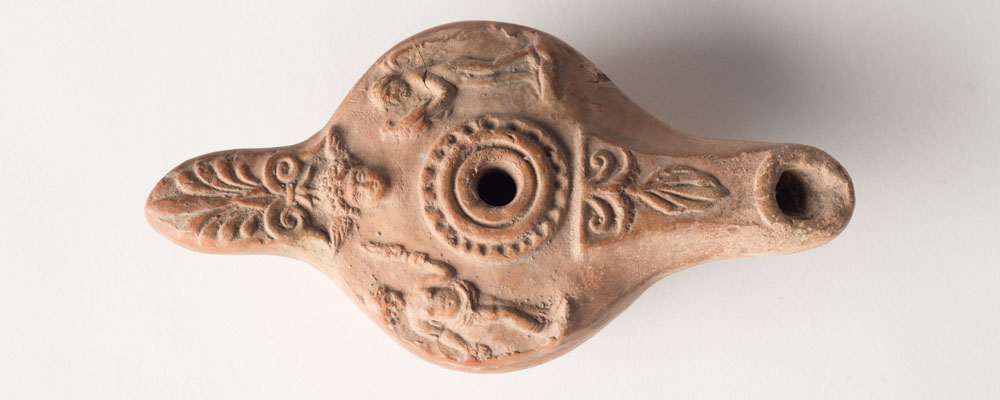
Robert Carr Bosanquet (1871-1935)
Robert Carr Bosanquet was professor of classical archaeology at the University of Liverpool from 1906 to 1920. He was born in London – his father was involved in poor relief work. He attended Eton College as a King’s Scholar, where he played in the Eton wall game and was joint editor of a humour magazine called The Parachute, as well as being Captain of School. He was awarded the Newcastle Scholarship to attend Trinity College, University of Cambridge, from which he graduated with a first-class degree in both parts of the Classical Tripos in 1894. He received the Craven travelling fellowship in 1895 and travelled across Europe, excavating at Melos, Greece, in 1896. In 1898 he was involved in excavations at Housesteads on Hadrian’s Wall.[1]
In 1898, Bosanquet was appointed as assistant director of the British School at Athens, and the following year he became director. At the BSA, Bosanquet developed a suggested programme for teaching students, which influenced generations of archaeologists. He worked on excavations in Crete, and in 1904 turned his attention to the Greek mainland, especially Laconia. On the death of his father in 1905, he inherited a Northumbrian estate, and moved back to Britain in 1906.[2] In autumn 1906, Bosanquet was appointed as professor of classical archaeology. The funding for the position came from Elizabeth and Emma Holt, widow and daughter of the ship owner George Holt Jr, respectively. The ship owners Alfred Booth and Charles William Jones also both contributed to the funding for the position.[3] On his appointment, he wrote to his mother: “They have made me a Professor, and I am going to grow a grey beard and live up to the part.”[4]
Bosanquet joined the Royal Commission on Ancient Monuments in Wales and Monmouthshire in 1908, which occupied his time and focused his research in Wales.[5] He also helped organise the short-lived Liverpool Committee for Excavation and Research in Wales and the Marshes. He served as a special constable during the 1911 Liverpool transport strike, which involved fatal riots. During the First World War he volunteered for the Friends Emergency Committee and then as an agent for the Serbian Relief Fund. In autumn 1920 he resigned, and his position was taken over by John Percival Droop.[6] He left a teaching collection of items in the care of the Institute.
Bosanquet died in April 1935 – his collection on loan to the Institute was purchased by the University from his estate, by agreement of his son R. C. Bosanquet, for £200.[7] The following tribute was printed in the Institute’s Annual Report:
The Institute and the University owe a very great deal to him for the excellent work he did from 1906 onwards, in organising his Department, and arranging for it to take its proper place in the work of the School of Classics. No small part of the credit for the foundation of the Annals belongs to him, and it is to him that the Institute owes the inception of its magnificent collection of Classical slides. To keep the collection as complete and up-to-date as possible is one of the chief cares of his successor. The Institute owes Professor Bosanquet a further debt of gratitude for the use for fifteen years of the valuable collection of Greek and Roman antiquities he had formed, and left on loan in the Institute on his retirement. The thanks of the Institute are also due to Mrs Bosanquet and her son, Mr C. Bosanquet, for the gift of a number of pamphlets on archaeological subjects which will be a valuable addition to the Library.[8]
[1] ES Bosanquet (ed) 1938 Robert Carr Bosanquet: Letters and Light Verse. Gloucester: John Bellows
[2] ES Bosanquet 2004 Bosanquet, Robert Carr. Oxford Dictionary of National Biography https://doi.org/10.1093/ref:odnb/31976
[3] PUB/2/2/1/1 Annual Report 1905–06, p8
[4] Bosanquet, 163
[5] PUB/2/2/1/1 Annual Report 1908–09, p11
[6] PUB/2/2/1/2 Annual Report 1919–20, p10
[7] FC1/3 R. C. Bosanquet to J. P. Droop, 5 February 1936
[8] PUB/2/2/1/4 Annual Report 1935, pp16-17
Bosanquet donated hundreds of Greek and Roman ceramic objects to the Garstang Museum, including a collection of oil lamps, like the one below.